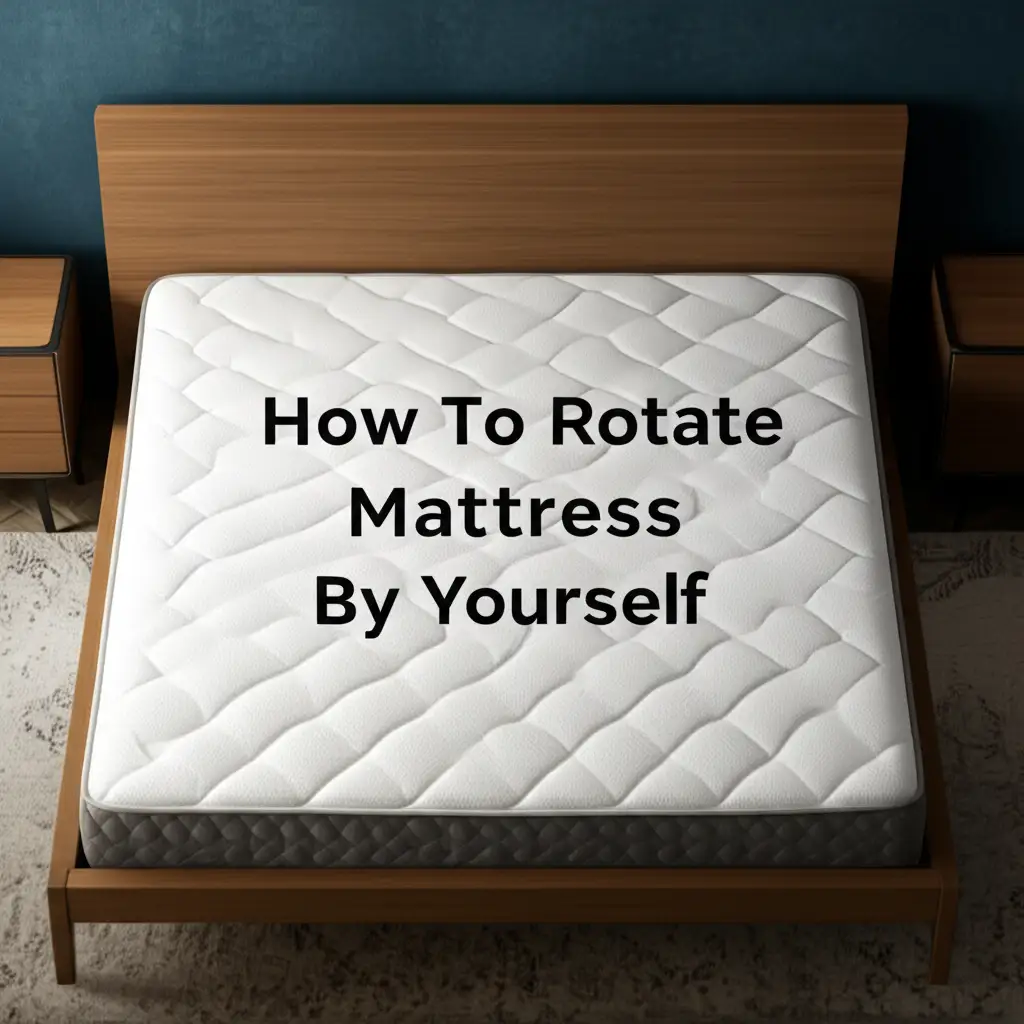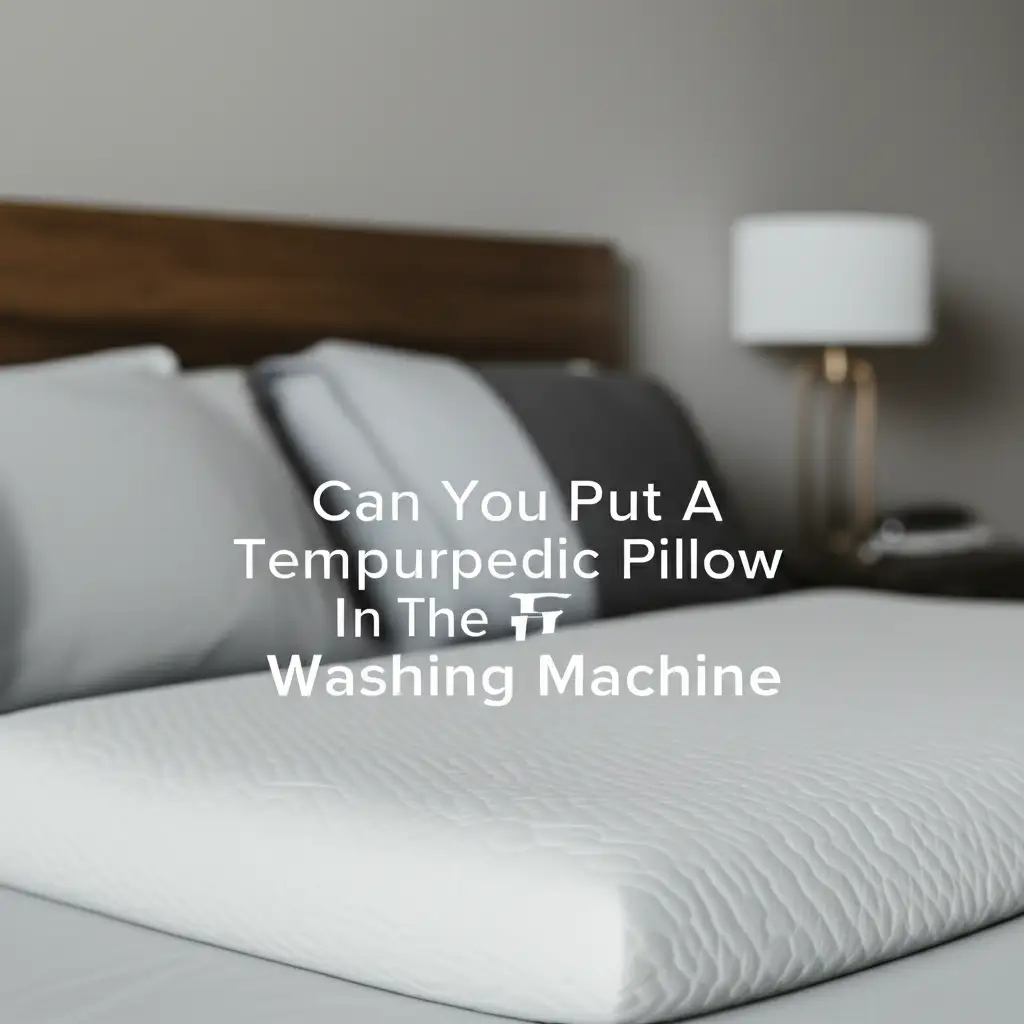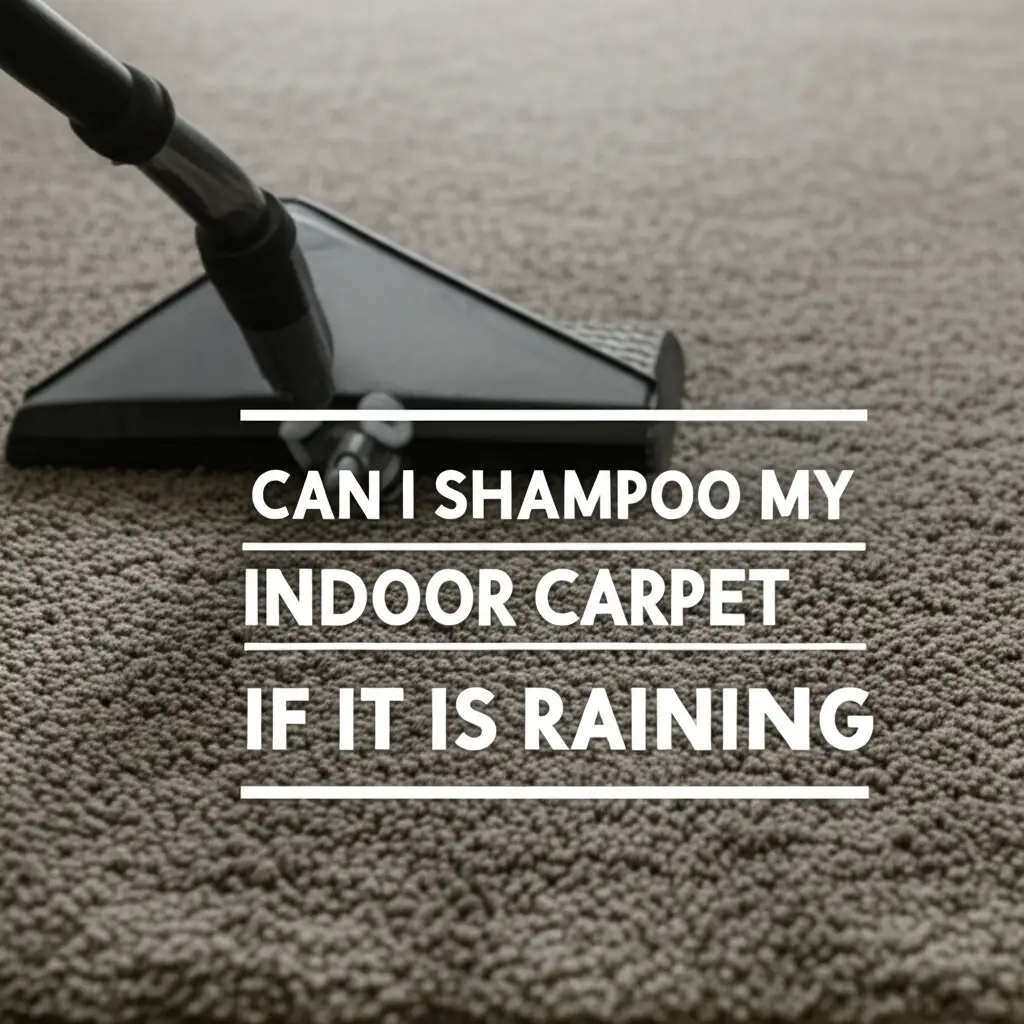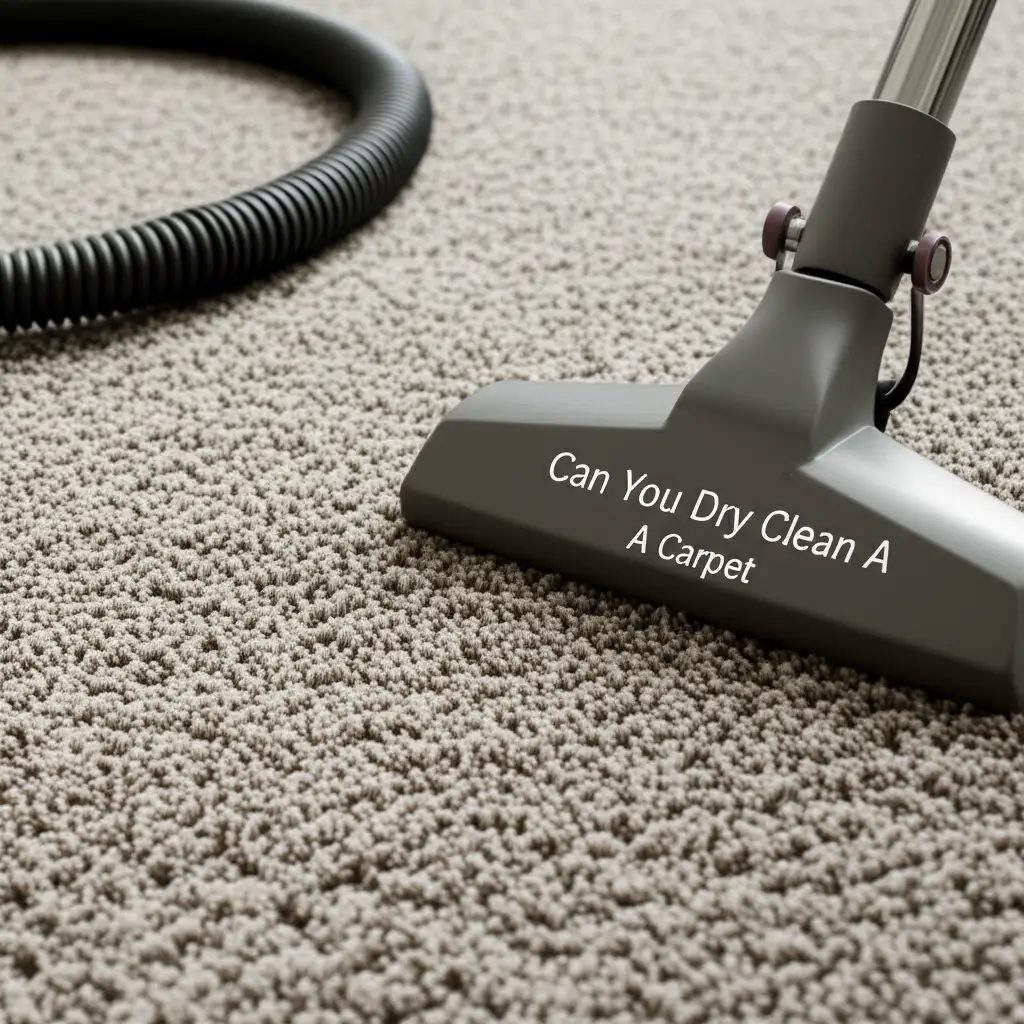· Mason Everett · Mattress Care · 14 min read
Is Polypropylene Mattress Cover Waterproof
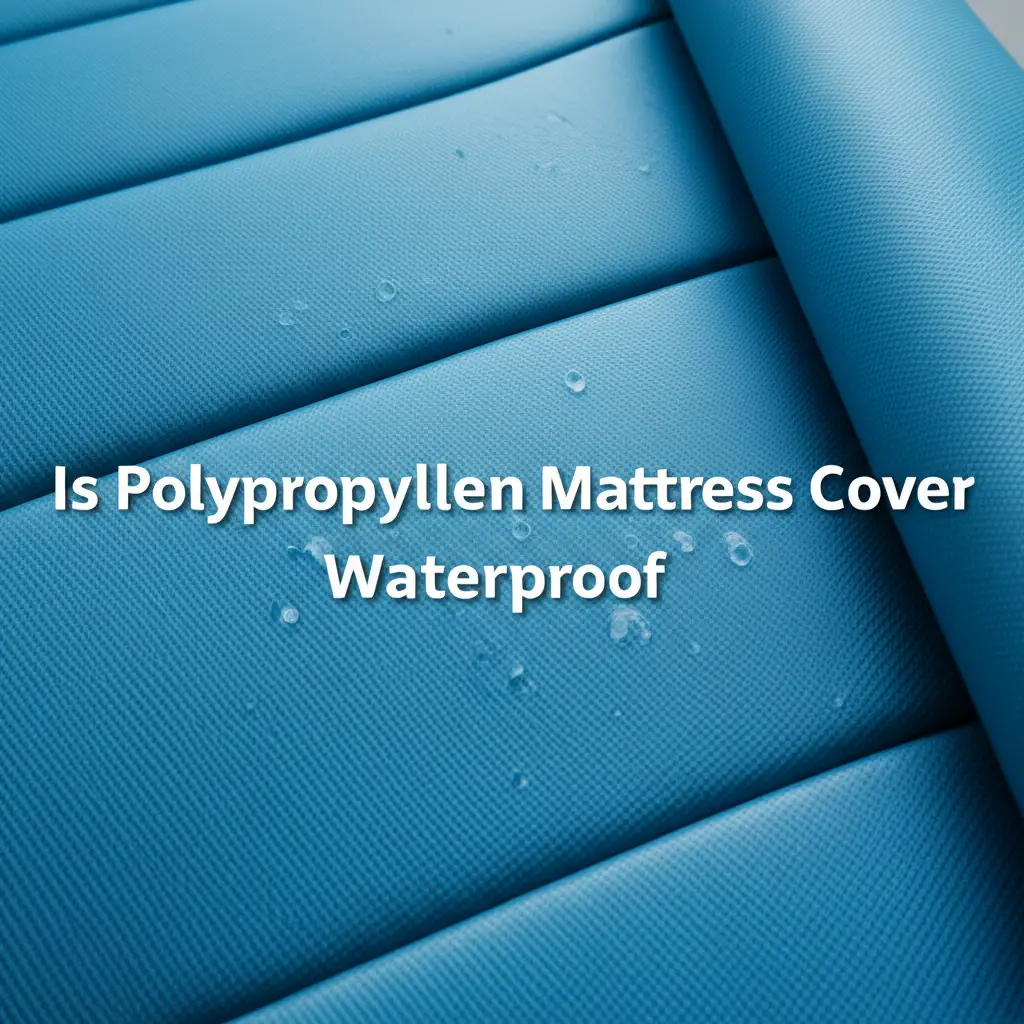
Is Your Polypropylene Mattress Cover Waterproof?
Protecting your mattress feels like a vital task. After all, it is a significant investment. You might wonder if a polypropylene mattress cover truly offers waterproof protection. Many people seek mattress covers to guard against spills, accidents, and allergens. Understanding the material is the first step in knowing its protective capabilities. This article explains if polypropylene mattress covers are waterproof. We will explore their properties, types, benefits, and maintenance.
Takeaway
- Polypropylene is water-resistant by nature, not inherently waterproof.
- A waterproof polypropylene mattress cover needs a special coating or laminated membrane.
- Covers protect against spills, stains, dust mites, and allergens.
- Proper care extends the life of your mattress cover and mattress.
A polypropylene mattress cover can be waterproof, but not all of them are. Polypropylene fabric itself is highly water-resistant. For true waterproofing, manufacturers add a specific membrane or coating. This extra layer creates a barrier against liquids, fully protecting your mattress from spills and accidents.
Understanding Polypropylene: What Is It?
Polypropylene is a widely used thermoplastic polymer. It is lightweight and durable. Manufacturers create polypropylene fabric from this material. The process involves melting plastic and forming it into long threads or sheets. This material is strong and resists tearing.
Polypropylene sees use in many items. It appears in clothing, packaging, and even car parts. Its strength and low cost make it popular. For mattress covers, polypropylene offers a good base. It provides a durable and breathable layer. This material does not absorb water easily. Water beads on its surface instead of soaking in. This property makes it naturally water-resistant.
The structure of polypropylene fibers helps repel water. These fibers have a low surface energy. This means water molecules prefer to stick to themselves rather than spreading out on the fabric. Therefore, polypropylene fabrics dry quickly. This feature is very useful for bedding materials.
Many household items benefit from polypropylene. From reusable shopping bags to medical masks, its versatility shines. When used in mattress covers, it creates a robust shield. This shield helps extend the life of your mattress.
Polypropylene and Water Resistance: A Closer Look
It is important to understand the difference between “water-resistant” and “waterproof.” Water-resistant materials repel water to some extent. They might keep out light splashes. Waterproof materials create an impenetrable barrier. They block all liquid from passing through. Polypropylene fabric is naturally water-resistant. Water beads on its surface. It does not soak in quickly.
For a polypropylene mattress cover to be truly waterproof, it needs more than just the base fabric. Manufacturers add a special layer. This layer is often a polyurethane (PU) or thermoplastic polyurethane (TPU) membrane. This membrane is extremely thin. It is bonded to the polypropylene fabric. This bonding creates a complete liquid barrier. The membrane allows air to pass through but stops water. This design helps the mattress cover stay breathable. A breathable cover prevents heat buildup.
Without this added membrane, a polypropylene cover might only handle small spills. A large liquid spill could still soak through over time. The level of water resistance depends on the fabric weave. Tightly woven polypropylene offers more resistance than loosely woven types. Always check product descriptions. Look for terms like “100% waterproof” or “with a waterproof membrane.” This ensures you get the protection you need. A good waterproof mattress cover can greatly extend your mattress’s life. It protects against accidents. For families, especially with young children, knowing how many cot mattress protectors do I need is key. The same principle applies to adult beds.
Types of Polypropylene Mattress Covers
Polypropylene mattress covers come in different forms. Each type offers varying levels of protection and features. Understanding these differences helps you choose the right one. The most common types are fitted covers and encasements.
Fitted Mattress Covers
Fitted mattress covers resemble a fitted sheet. They cover the top and sides of the mattress. An elastic band holds them in place. These covers are easy to put on and take off. They offer good protection for the top surface of your mattress. However, they do not fully enclose the mattress. This means the bottom and parts of the sides remain exposed. For full liquid protection, you might need an encasement. Fitted covers are great for minor spills or sweat.
Mattress Encasements
Mattress encasements provide complete protection. They zip around the entire mattress. This creates a full barrier. Encasements protect all six sides of the mattress. They are excellent for preventing liquid damage from all angles. They also offer superior protection against dust mites, bed bugs, and allergens. While encasements are harder to put on, their comprehensive protection makes them worth the effort. They seal off your mattress. This significantly extends its cleanliness and lifespan. Many people use them to safeguard their investment.
Laminated vs. Non-Laminated Covers
The waterproofing ability often depends on whether the polypropylene fabric is laminated.
- Laminated Covers: These covers have a waterproof membrane bonded to the polypropylene. This membrane is typically polyurethane (PU) or thermoplastic polyurethane (TPU). It creates an effective barrier against liquids. Laminated covers are generally the best choice for full waterproof protection.
- Non-Laminated Covers: These covers consist only of polypropylene fabric. They offer water resistance but are not fully waterproof. They might repel minor splashes but will not stop larger spills. These are often more breathable. They can be a good choice for those seeking basic protection from dust or sweat, but not full liquid defense.
Choosing the right type depends on your specific needs. If you prioritize maximum liquid protection and allergen defense, a laminated polypropylene encasement is best. If you need simple protection and easy removal, a fitted non-laminated cover might suffice.
Benefits of Using a Polypropylene Mattress Cover
Using a polypropylene mattress cover brings several benefits. It helps protect your sleep environment and your investment. These covers serve as a crucial barrier. They keep your mattress clean and extend its life.
Liquid and Stain Protection
The primary benefit is protection against liquids. A waterproof polypropylene cover prevents spills from reaching your mattress. Accidents happen, whether it is a spilled drink or a child’s bedwetting. The cover acts as a shield. It keeps your mattress dry and free from stains. This protection is vital for maintaining mattress hygiene. It also helps preserve the appearance of your mattress. This directly impacts how long a mattress can last. Knowing how long does a ComforPedic mattress last often depends on how well it is protected.
Allergen and Dust Mite Barrier
Polypropylene mattress covers are excellent at blocking allergens. Dust mites are tiny creatures that thrive in mattresses. They feed on dead skin cells. Their waste can trigger allergies and asthma. A tightly woven or laminated polypropylene cover creates a physical barrier. This barrier prevents dust mites from settling in your mattress. It also stops allergens from escaping. This leads to a healthier sleep environment. If you suffer from allergies, this protection is invaluable.
Extending Mattress Lifespan
A mattress is a significant purchase. Protecting it helps it last longer. Liquids, stains, and even everyday sweat can degrade mattress materials over time. A waterproof cover shields your mattress from these elements. It prevents mold and mildew growth. It keeps the internal components clean and dry. This preserves the structural integrity of your mattress. Ultimately, a well-protected mattress lasts for many years. It remains comfortable and supportive.
Hygiene and Cleanliness
Maintaining a clean sleep space is essential for health. A mattress cover is easy to remove and wash. Unlike a mattress, you can machine wash the cover regularly. This helps remove dirt, sweat, and allergens. It keeps your bed fresh and clean. This ease of cleaning contributes to overall bed hygiene. Regular cleaning of your bedding, including mattress covers, is a simple way to improve your sleep environment. Along with mattress covers, deep cleaning your mattress periodically can also boost its longevity. Discover how to deep clean your mattress to maintain peak hygiene.
Key Factors for Choosing a Waterproof Polypropylene Cover
Selecting the right waterproof polypropylene mattress cover requires careful consideration. Not all covers offer the same level of protection or comfort. Knowing what to look for ensures you make a smart purchase.
Waterproof Membrane Material
The type of waterproof membrane is crucial. Look for covers with a polyurethane (PU) or thermoplastic polyurethane (TPU) membrane. TPU is often preferred. It is known for being soft, flexible, and quiet. It also offers good breathability. PVC (polyvinyl chloride) membranes are also available. However, PVC can be stiffer and noisier. It may also contain phthalates, which some prefer to avoid. Always check the product description for the membrane type.
Fit and Size
A proper fit is essential for effective protection. Measure your mattress carefully before buying. Consider both length, width, and depth. Mattress covers come in various depths to accommodate pillow-top mattresses. A cover that is too loose can shift. This leaves parts of your mattress exposed. A cover that is too tight may be difficult to put on. It could also put stress on the seams. Ensure the cover lists the exact dimensions for your mattress size.
Breathability and Comfort
A waterproof layer can sometimes trap heat. This makes the bed feel hot. Look for covers that balance waterproofing with breathability. TPU membranes often offer better airflow than PVC. Some covers feature micro-perforations in the membrane. These tiny holes allow air to circulate. They prevent heat buildup while still blocking liquids. Consider the fabric’s feel against your skin. Some covers might feel crinkly or plasticky. Look for soft, quiet materials for a comfortable sleep experience.
Ease of Cleaning
Your mattress cover will need regular washing. Choose a cover that is easy to clean. Most polypropylene covers are machine washable. Check the care instructions before buying. Some require specific wash temperatures or drying methods. A cover that withstands frequent washing without losing its waterproof qualities is a good investment. Easy cleaning helps maintain bed hygiene.
Noise Level
Some waterproof mattress covers can make a crinkling sound. This happens when the plastic membrane moves. This noise can disrupt sleep. Look for covers specifically advertised as “quiet” or “noiseless.” TPU membranes tend to be quieter than PVC. Fabric layers on top of the membrane can also help reduce noise. Read reviews to see what other users say about the noise level. A quiet cover ensures an undisturbed night’s rest.
Maintaining Your Polypropylene Mattress Cover for Longevity
Proper care for your polypropylene mattress cover is essential. It ensures the cover remains effective. It also extends its lifespan. Following simple cleaning instructions helps maintain its waterproof properties.
Regular Washing
Wash your mattress cover regularly. This prevents buildup of dirt, sweat, and allergens. For most covers, washing once a month is sufficient. If you have allergies, or if spills are common, wash it more often. Always check the care tag on your specific cover. Manufacturers provide precise instructions.
Washing Instructions
Use cold or lukewarm water for washing. Hot water can damage the waterproof membrane. It can cause it to crack or delaminate. Select a gentle cycle on your washing machine. Use a mild detergent. Avoid bleach or harsh chemicals. Bleach can break down the waterproof layer. Fabric softeners can also clog the membrane. This reduces breathability. My approach is simple: follow the label. This makes cleaning effortless.
Drying Procedures
Drying the cover correctly is crucial. High heat is the biggest enemy of waterproof membranes. It can melt or warp the membrane. Tumble dry on a very low heat setting. Better yet, air dry your cover. Hang it on a clothesline or drying rack. Ensure it is completely dry before putting it back on the mattress. Dampness can lead to mildew growth. If using a dryer, check it frequently. Remove the cover as soon as it is dry. Over-drying causes damage.
Avoiding Harsh Chemicals and Ironing
Never iron your polypropylene mattress cover. The high heat from an iron will melt the waterproof layer. Avoid dry cleaning as well. The chemicals used in dry cleaning can harm the membrane. Stick to gentle washing and drying methods. This keeps your cover in top condition. These simple steps protect your investment. They ensure your mattress remains safe and clean for years.
Common Misconceptions About Mattress Protection
Many myths surround mattress protection. Understanding these can help you make informed decisions. It ensures you select the right products for your needs. Dispelling these ideas clarifies the benefits of mattress covers.
Misconception 1: “All Mattress Covers Are Waterproof.”
This is not true. As discussed, many mattress covers offer only basic protection. They might be water-resistant. This means they can repel small amounts of liquid. They are not designed for full spill protection. For true waterproofing, a cover needs a specific membrane. Always check the product label. Look for terms like “100% waterproof” or “liquid barrier.” Do not assume every cover protects against all spills.
Misconception 2: “Waterproof Covers Are Noisy and Crinkly.”
Older waterproof mattress covers often made noise. They used thick, stiff PVC membranes. This led to a crinkling sound with movement. Modern technology changed this. Today, many waterproof covers use advanced TPU membranes. These are much softer and quieter. They conform better to the mattress. Many new covers are designed to be virtually silent. You can enjoy quiet sleep while remaining protected.
Misconception 3: “Waterproof Covers Make the Bed Hot.”
Some people worry about waterproof covers trapping heat. They think it will make them sweat. While some older covers did reduce airflow, modern ones are different. Many current waterproof covers feature breathable designs. They use micro-perforated membranes. These tiny holes allow air to circulate. They let heat escape while still blocking liquids. This helps regulate temperature. You can stay cool and comfortable. Look for covers advertised as “breathable” or “temperature-regulating.”
Misconception 4: “Mattress Covers Offer Complete Protection Against Bed Bugs.”
A regular fitted mattress cover does not stop bed bugs. Bed bugs can easily crawl under or around it. For bed bug protection, you need a mattress encasement. An encasement zips around the entire mattress. It traps any existing bed bugs inside. It also prevents new ones from entering. Look for encasements with a “bed bug proof” certification. The zipper should be self-locking and resistant to bites. Only a full encasement provides this specific type of protection.
FAQ Section
Can I wash my polypropylene mattress cover?
Yes, most polypropylene mattress covers are machine washable. Always check the care label for specific instructions. Use cold or lukewarm water and a gentle cycle. Avoid bleach and harsh detergents. Tumble dry on low heat or air dry to protect the waterproof membrane.
Does a polypropylene cover make the bed hot?
Modern polypropylene mattress covers, especially those with TPU membranes, are designed to be breathable. They allow air to circulate while blocking liquids. While some may slightly retain heat, many models are specifically engineered for comfort and temperature regulation.
Are all polypropylene covers dust mite proof?
Not all polypropylene covers are dust mite proof. For effective dust mite protection, the cover needs a very tight weave or a waterproof membrane. Look for encasements that fully zip around the mattress. These create a physical barrier against dust mites and allergens.
How often should I replace my polypropylene mattress cover?
The lifespan of a polypropylene mattress cover varies based on quality and use. Generally, replace it every 1-2 years. If you notice tears, a compromised waterproof layer, or persistent odors, it is time for a new one. Regular washing extends its life.
Is polypropylene safe for sensitive skin?
Polypropylene itself is often considered safe for sensitive skin. It is a common material in medical textiles. However, some individuals might react to specific dyes or chemical treatments used during manufacturing. Look for covers certified “Oeko-Tex Standard 100” to ensure they are free from harmful substances.
What is the difference between a mattress protector and a mattress encasement?
A mattress protector typically covers only the top and sides, like a fitted sheet. It protects against spills and some allergens. A mattress encasement fully zips around all six sides of the mattress. It offers complete protection against liquids, dust mites, and bed bugs.
Conclusion
Understanding if your polypropylene mattress cover is waterproof is simpler than it seems. While polypropylene itself offers excellent water resistance, true waterproofing comes from an added membrane. These covers act as a vital shield. They guard your mattress against spills, stains, and allergens. This helps prolong your mattress’s life.
Choosing the right cover involves checking for a quality waterproof membrane and proper fit. Maintaining it with gentle washing and drying ensures its long-term effectiveness. Dispelling common myths helps you select the best protection for your sleep space. Invest in a quality polypropylene mattress cover. It protects your investment and ensures a cleaner, healthier sleep environment for years to come.


